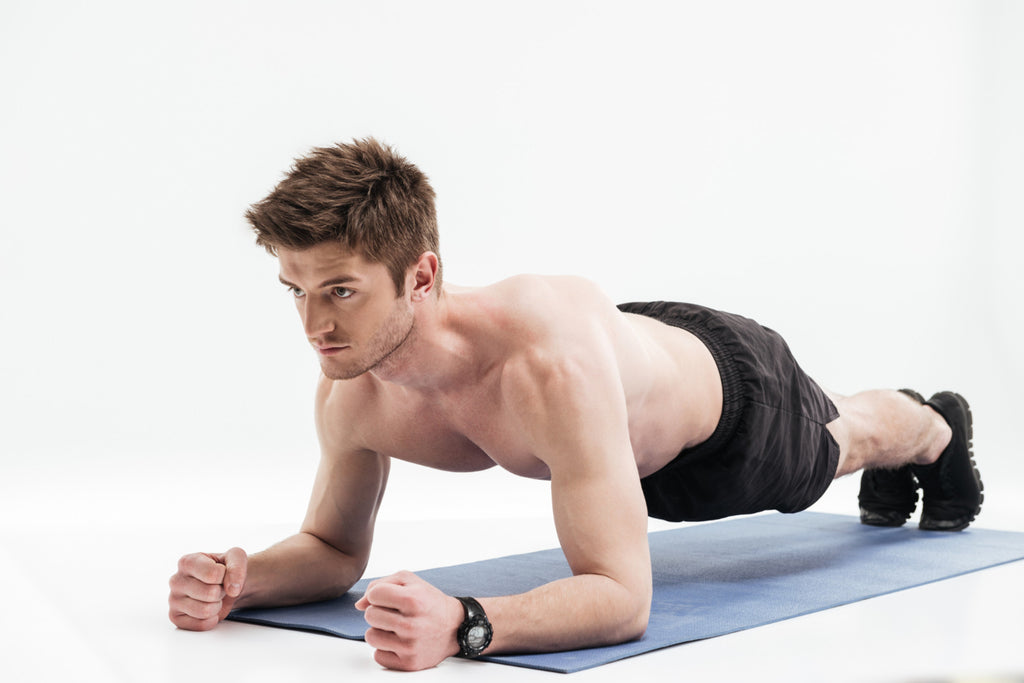
Strength Training for Marathon Runners: The Key to Improved Performance
Hello, marathon enthusiasts! If you've ever wondered how to step up your running game, strength training might be your missing secret ingredient. It's not just about logging miles; it's about preparing your body to handle them better than ever. Let's dive into how integrating strength training can transform your marathon performance from good to outstanding.
Understanding the Importance of Strength Training for Marathon Runners
Think strength training is just for sprinters or bodybuilders? Think again. For marathon runners, it's a core element of success. Integrating strength workouts into your routine bolsters muscle efficiency and stamina, allowing you to maintain pace without tiring quickly. Moreover, it's your best defense against injuries. By strengthening muscles and joints, you're less likely to face those everyday runner's woes like IT band syndrome or runner's knee.
Key Strength Training Exercises for Marathon Runners
So, what kind of strength training should runners focus on? Here’s a quick guide:
Squats: Squats are the ultimate exercise for developing lower body strength, which is crucial for the power phase of your running stride. They target the quadriceps, hamstrings, glutes, and calves—vital for maintaining speed and endurance over long distances.

Planks: Why They're Essential: A strong core stabilizes your entire body, improving your running form and efficiency. Planks are excellent for building endurance in the abdominal muscles and supporting the spine.

Lunges: Why They're Essential: Lunges mimic the running motion, enhancing the strength and balance of your running gait. They specifically strengthen the hips, glutes, and thighs while improving flexibility.

Push-ups or Bench Presses: Upper body strength is crucial for maintaining good running posture and balance. Push-ups build the chest, shoulders, and triceps, while bench presses allow heavier lifting to increase upper body strength significantly.

Deadlifts: Why They're Essential: Often overlooked by runners, deadlifts are powerful for developing the posterior chain, which includes the hamstrings, glutes, and lower back. Strong posterior muscles are vital to propelling runners forward and maintaining upright posture.

Each exercise should be performed with attention to form to maximize benefits and minimize injury risks. Incorporating these strength-training exercises into your routine will significantly enhance muscle strength, endurance, and overall marathon performance.
Enhancing Recovery with Recovery Boots
Recovery becomes paramount after pushing your limits with running and strength training. That's where compression recovery boots, like those offered by Speed Hound, come into play. These aren't just fancy leg sleeves; they're a revolution in recovery technology. Using them after your workouts reduces muscle soreness and speed up recovery times significantly, making it easier to hit your training days harder and with better results.
Reducing Swelling and Enhancing Blood Circulation
Benefits: After long-distance running or strength training, legs can swell and feel heavy. The Recovery System uses compression to help reduce swelling by enhancing blood flow and lymphatic drainage. This helps in faster recovery and improves overall circulation, which is crucial for marathon runners and active individuals.
Immediate Relief from Fatigue and Soreness
How It Helps: The system offers dynamic air pressure that functions like a deep tissue massage. It targets tired legs and sore feet, providing immediate relief after long runs, intense workouts, or simply after a day spent on your feet. This massage helps to rapidly decrease muscle fatigue and reduce pain and soreness, allowing you to recover quicker and more effectively.
Increased Range of Motion and Flexibility
Impact on Performance: Regular use of the Recovery System can increase the range of motion. This is particularly beneficial for runners who need to maintain flexibility and muscle elasticity to perform optimally and reduce the risk of injuries..
How to Integrate Strength Training into Your Marathon Training Schedule
Balancing running with strength training can seem daunting, but it's all about the schedule. Aim for 2-3 strength training sessions per week, preferably on days you're not doing your longest runs. As your race nears, taper down the strength intensity to keep your legs fresh for race day. Here's a tip: follow up with a strength session after a light run, then rest or do a very gentle run the next day.
Addressing Common Concerns and Misconceptions
Let's clear up some myths:
- Bulking up: Many runners fear strength training will make them bulky. The truth? Runners won't bulk up like bodybuilders; instead, they develop lean, efficient muscle mass perfect for endurance.
- Time-consuming: Adding strength training means more time working out, but it's an investment. Less time injured and more efficient running equals faster race times.
Conclusion
Incorporating strength training into your marathon regimen isn’t just a good idea; it’s a game-changer. It boosts your performance, fortifies your body against injuries, and, paired with advanced recovery methods like recovery boots, keeps you training consistently at your best.
Products
View all
